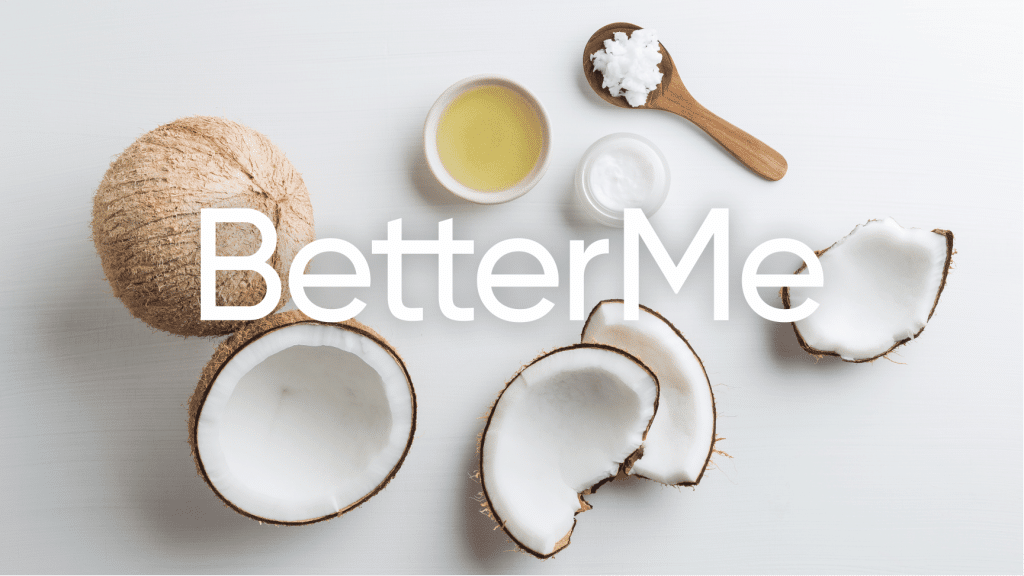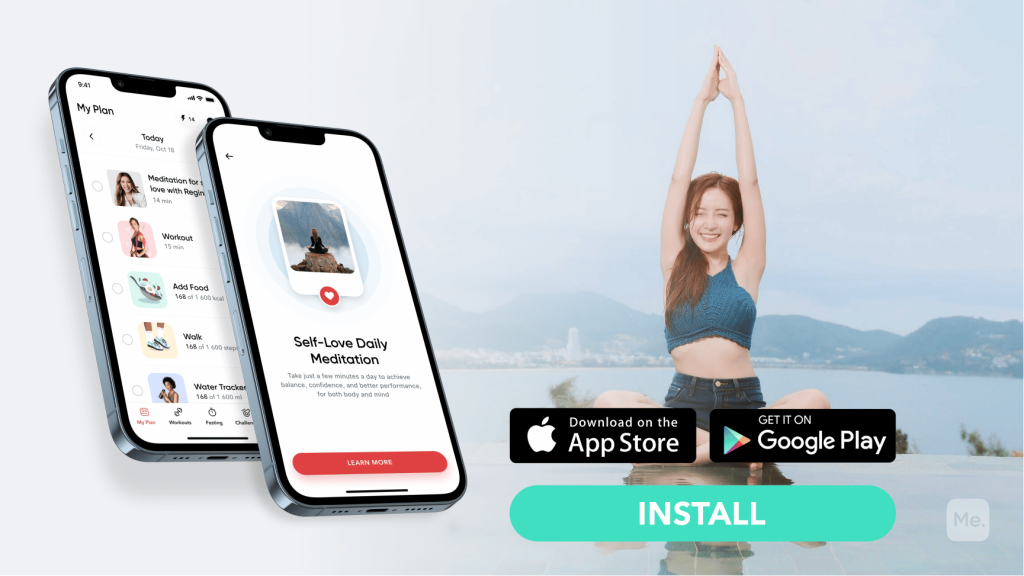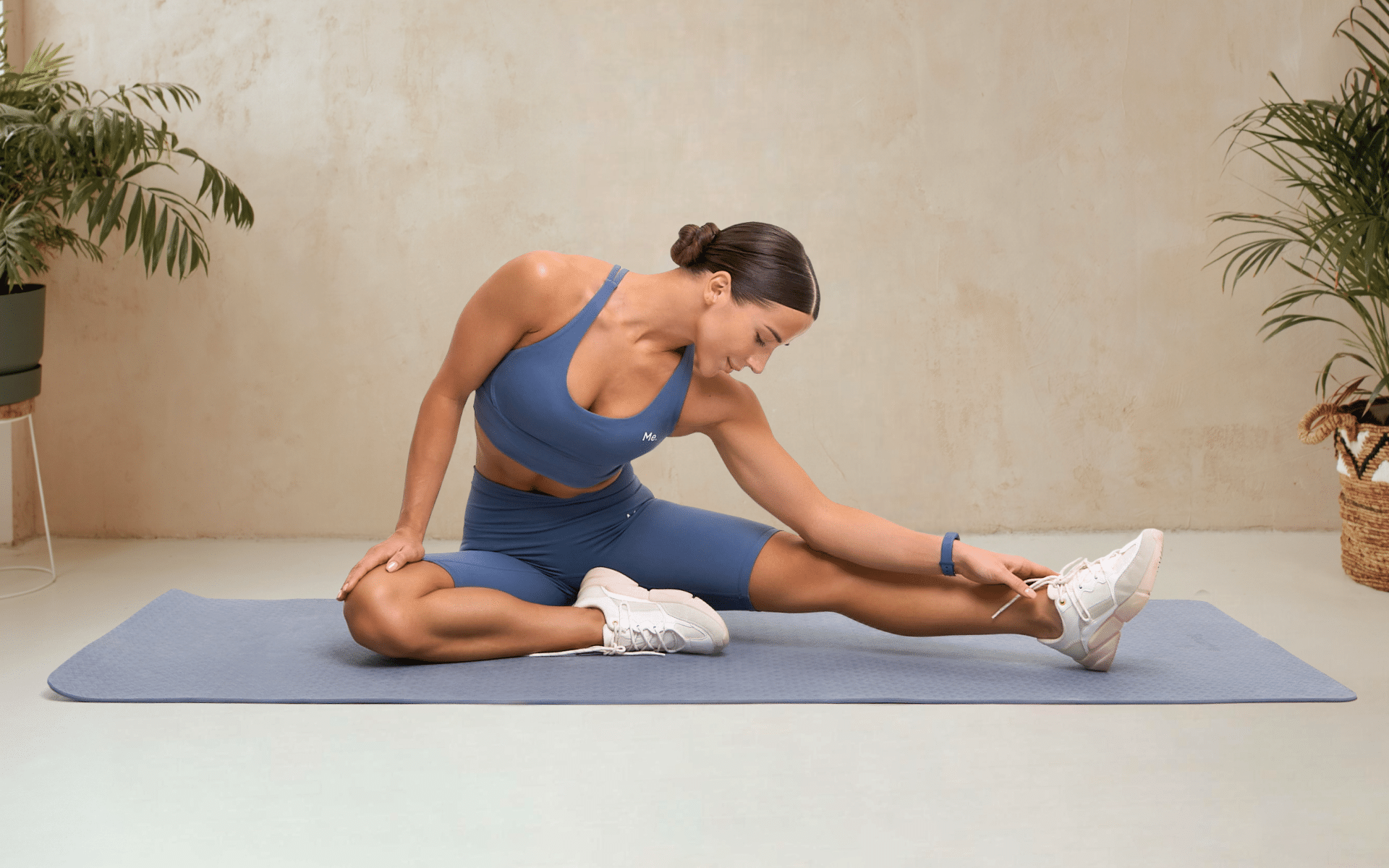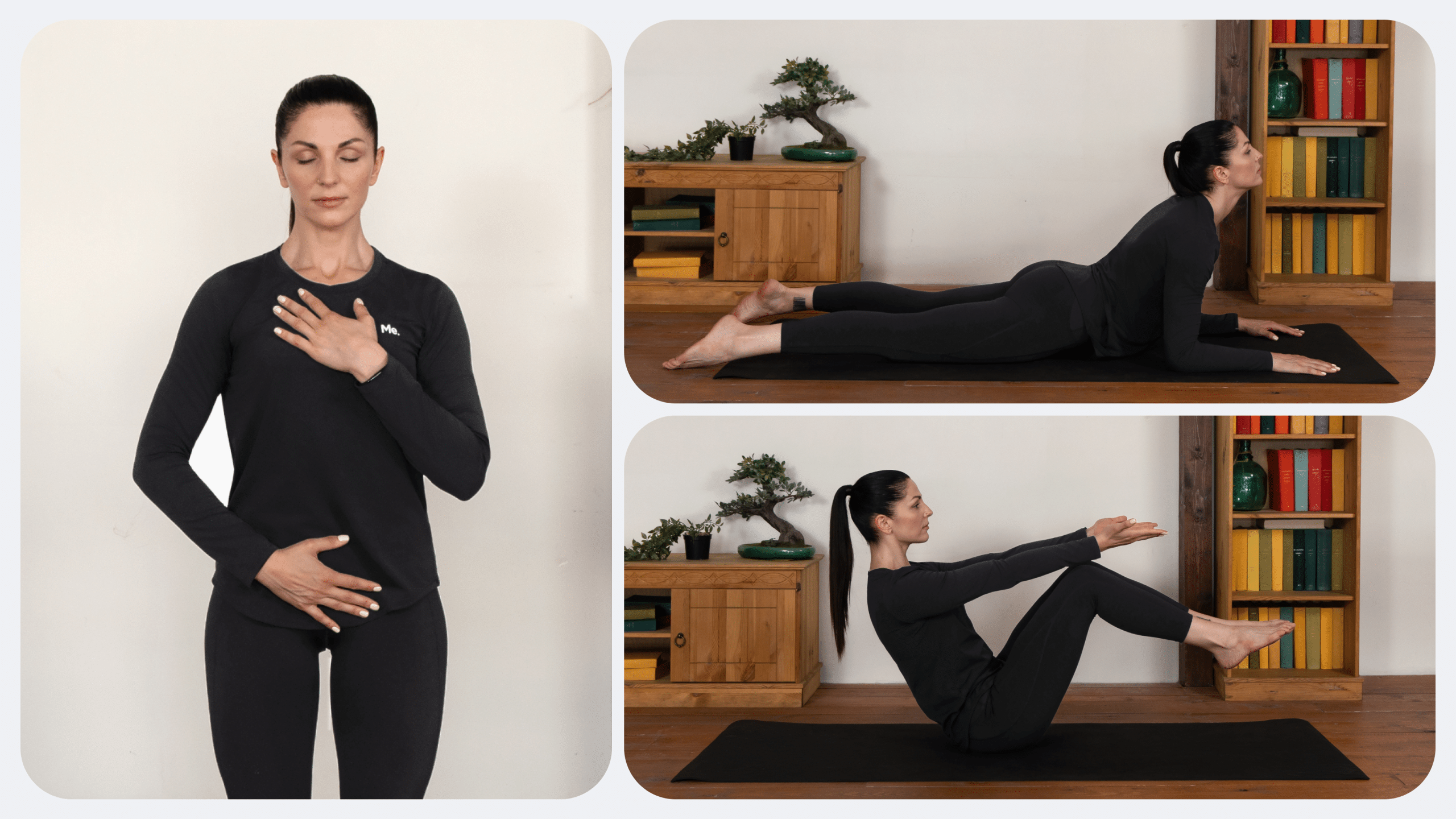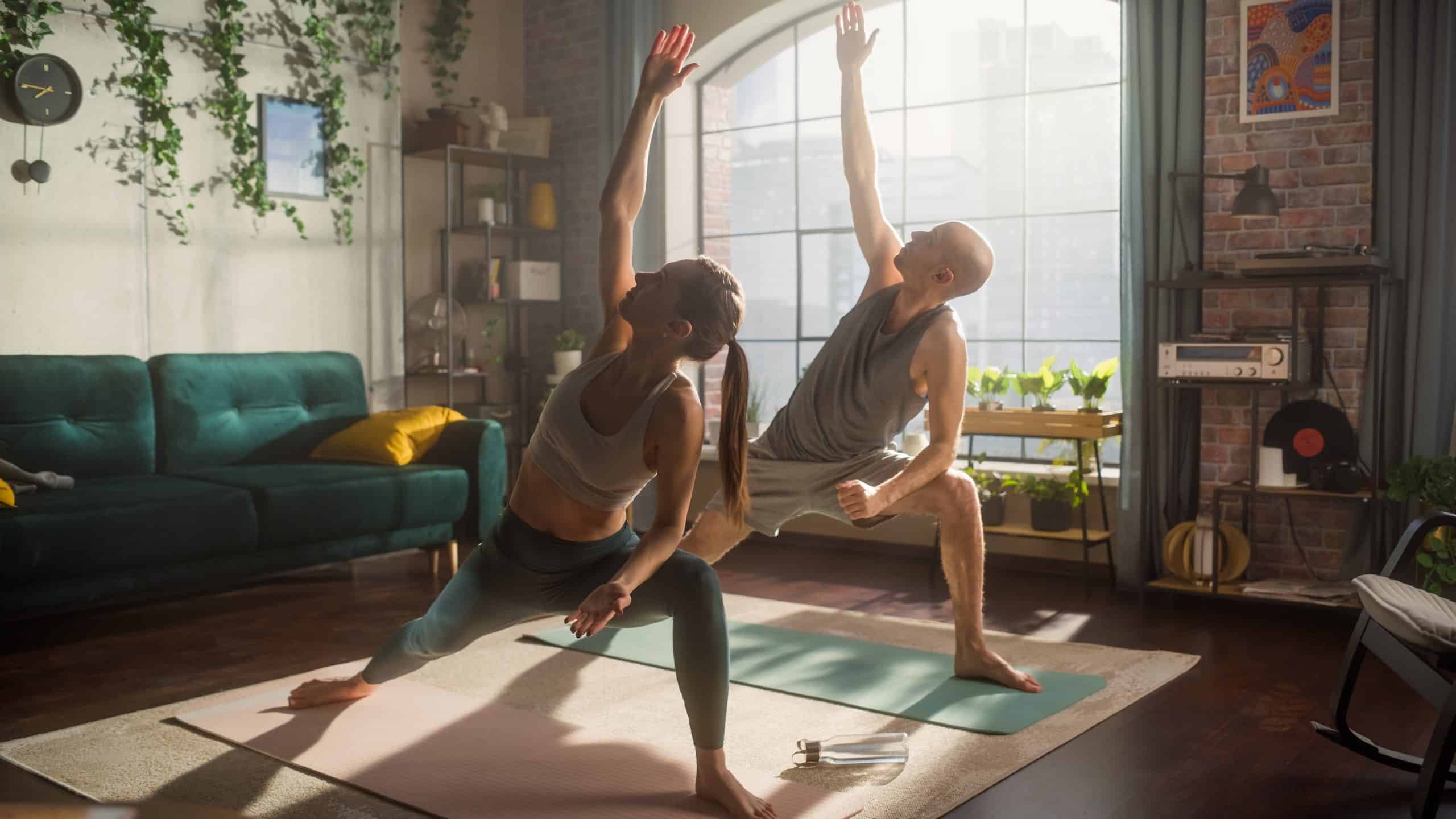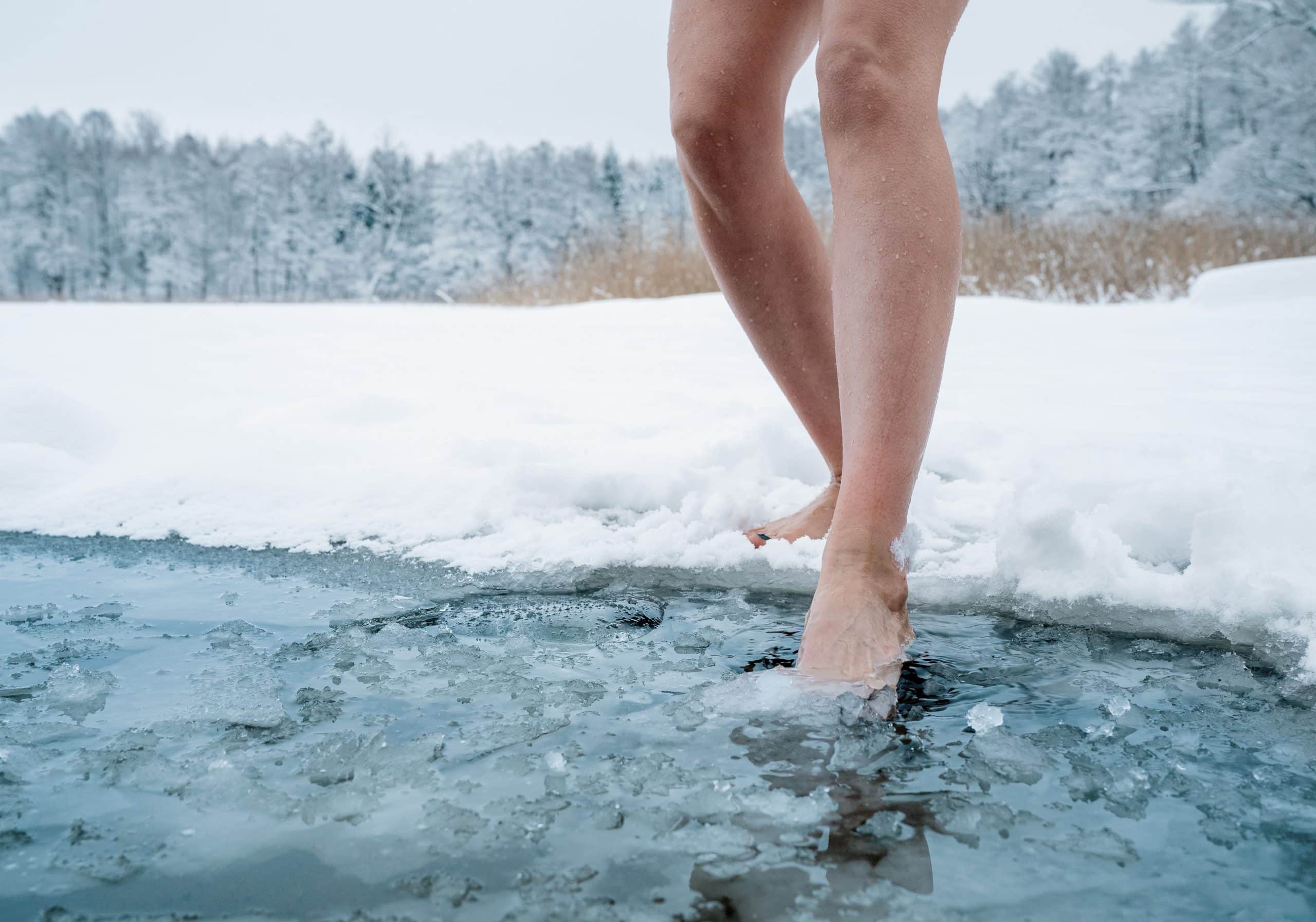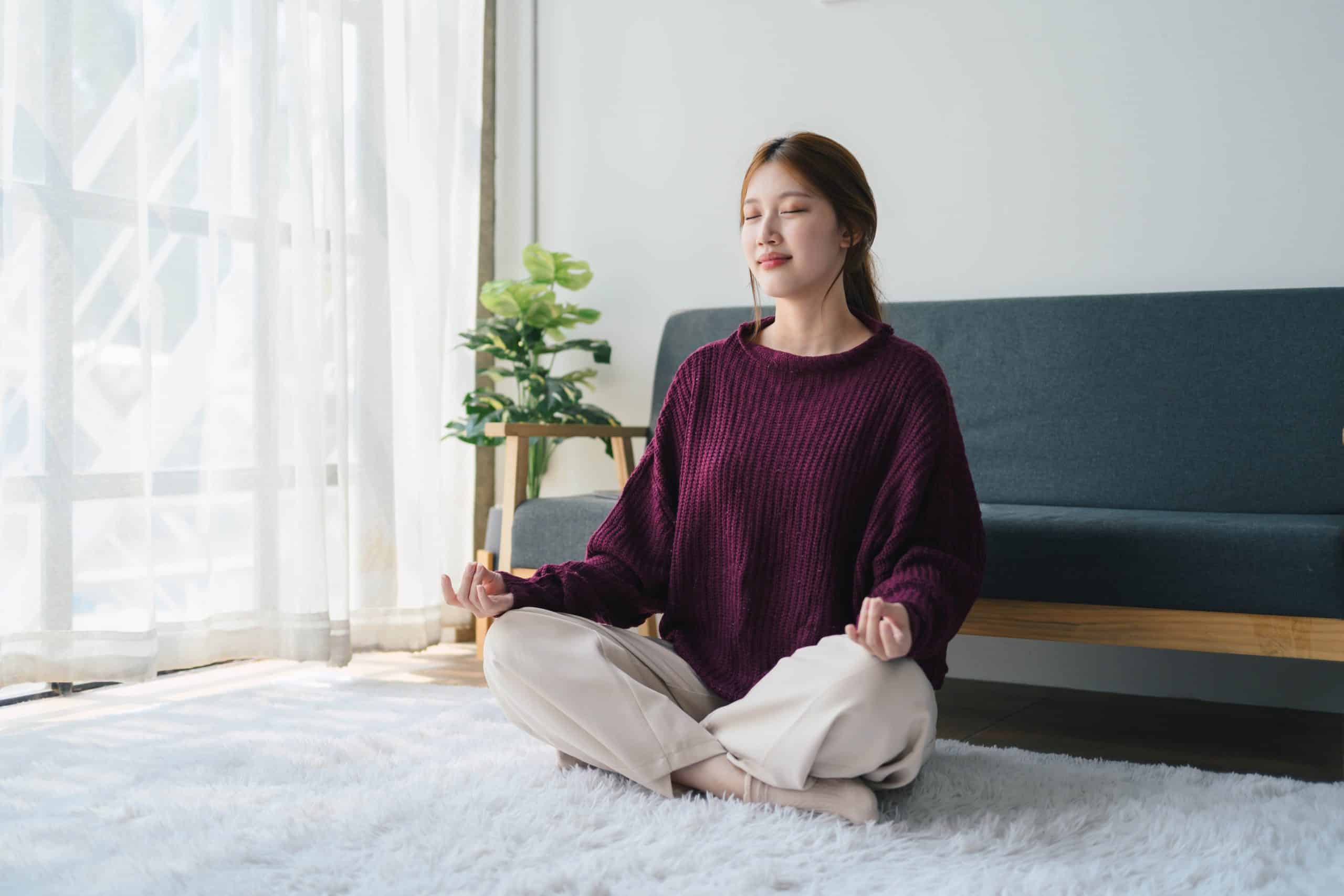We all love a sunny day, but too much sun can be dangerous to our skin. Research shows that exposure to ultraviolet (UV) rays can cause skin cancer, premature aging, and other problems (9). That’s why it’s important to wear sunscreen when we’re outdoors. But not all sunscreens are created equal. Some contain harmful chemicals that can be absorbed into the skin. Some ingredients, like oxybenzone, have been linked to hormone disruption and other health problems (7). If you’re looking for a safer option, you may be wondering if a natural sunscreen recipe is effective. The short answer is yes, but there are a few things you should know before you make your own.
Get your personalized
meal plan!
What Makes Sunscreen Work?
Sunscreen is designed to protect your skin from UV rays. Two types of UV rays can damage your skin: UVA and UVB (10).
UVA rays are the main cause of premature aging, like wrinkles and age spots. They can also penetrate glass, so you’re exposed to them even when you’re indoors. UVB rays are the main cause of sunburns. They’re also the primary cause of skin cancer (8).
Sunscreen works by creating a barrier on your skin that absorbs or reflects UV rays. The active ingredients in sunscreen, like zinc oxide and titanium dioxide, sit on the surface of the skin and deflect or scatter UV rays.
Some sunscreens also contain chemical ingredients that absorb UV rays. These ingredients work by converting UV rays into heat, which is then released from the body. But these ingredients can also be absorbed into the skin, which is why some people look for natural sunscreen recipes.
While shopping for sunscreen, you’ll see the terms below. Here’s what they mean and how they contribute to an effective product.
SPF Level
SPF, or Sun Protection Factor, is a measure of how well a sunscreen will protect your skin from UVB rays. The higher the SPF, the better the protection.
For example, if you normally start to burn after 10 minutes in the sun, an SPF 15 sunscreen would allow you to stay in the sun for 150 minutes without burning. But it’s important to remember that no sunscreen provides 100% protection from UV rays.
Broad-Spectrum Protection
Broad-spectrum sunscreens protect against both UVA and UVB rays. They’re the best type of sunscreen to use because they provide the most comprehensive protection.
Water Resistance
You may also see sunscreens advertised as water-resistant or waterproof. This means the sunscreen will continue to work even after you’ve been in the water for a while. Water resistance is rated by how long the sunscreen will remain effective:
- 40 minutes
- 80 minutes
Keep in mind that even water-resistant sunscreens need to be reapplied after swimming or sweating. And no sunscreen is truly waterproof.
Read More: 7 Fruits That Hydrate And 7 Recipes That Include Them
Sunblock
You may have seen sunblock and sunscreen advertised as two different types of products. But in reality, there’s no difference.
The term “sunblock” was once used to describe products that contained zinc oxide or titanium dioxide. These ingredients sit on top of the skin and physically block UV rays. But now, all sunscreens are considered sunblocks.
The only difference is that some sunscreens also contain chemical ingredients that absorb UV rays. These products are sometimes advertised as “chemical sunscreens.”
Chemical sunscreens are generally less expensive than physical sunscreens. But they’re not always the best choice, especially if you have sensitive skin. That’s because chemical ingredients can be absorbed into the skin and cause irritation.
Some ingredients that have come under scrutiny in recent years include (7):
- Oxybenzone
- Octinoxate
- Avobenzone
If you’re looking for a natural sunscreen recipe, your best bet is to choose one that contains physical ingredients like zinc oxide or titanium dioxide.
Is Natural Sunscreen Effective?
Yes, natural sunscreen can be effective. For this to happen, it must contain zinc oxide or titanium dioxide.
When used correctly, zinc oxide and titanium dioxide can provide broad-spectrum protection against both UVA and UVB rays (6). They’re physical ingredients, so they sit on top of the skin and don’t get absorbed into the body.
But it’s important to remember that no sunscreen is 100% effective. That’s why it’s important to use other sun safety measures as well, like wearing protective clothing and staying in the shade when possible.
How To Make Natural Sunscreen
If you’re looking for a natural sunscreen recipe, there are plenty of options available online. But it’s important to choose one that contains zinc oxide or titanium dioxide.
When choosing a recipe, also look for one that includes other skin-friendly ingredients like shea butter or coconut oil. These ingredients can help to moisturize and protect the skin.
Below is a basic recipe for natural sunscreen that you can make at home.
If you’ve mustered up the courage to crush your weight loss goal, let Betterme take the sting out of this demanding process. Our app will help you restructure your habits, remold your life and crank up your fitness results!
DIY Aloe Vera And Coconut Oil Sunscreen (4)
Aloe vera is a natural plant that has been shown to have skin-healing properties. Coconut oil is a natural oil that can help to moisturize the skin. While this recipe isn’t waterproof, it will provide broad-spectrum protection against both UVA and UVB rays.
Ingredients:
- 1/4 cup coconut oil (has an SPF of 7)
- 2 (or more) tbsp. powdered zinc oxide
- 1/4 cup pure aloe vera gel (must be 50 percent or higher pure aloe)
- 25 drops walnut extract oil for scent and an added SPF boost
- 1 cup (or less) shea butter for a spreadable consistency
Instructions:
- Heat a medium saucepan over low heat. Add all the ingredients except the zinc oxide and aloe vera gel.
- Stir until the ingredients are melted and combined.
- Remove from heat and let cool for 5 minutes.
- Add the aloe vera gel, and mix well. Let it cool completely before adding the zinc oxide.
- Add the zinc oxide and mix until well combined.
- Pour into an airtight container and store in a cool, dark place for up to 6 months.
Notes:
- If you have oily skin, you may want to avoid coconut oil as it is comedogenic and will clog pores. Instead, try using jojoba oil, avocado oil, or another non-comedogenic oil.
- If you’d like a sunscreen spray instead of a cream, remove the shea butter from the recipe. Once the mixture has cooled, mix in almond oil to get a sprayable consistency. Then pour into a clean spray bottle and store in a cool, dark place.
This recipe is courtesy of healthline.com
Cocoa Butter Sunscreen (2)
Cocoa butter is a natural plant-based fat that’s extracted from cocoa beans. It has a rich, chocolatey scent and can help to moisturize the skin.
Ingredients:
- 2 oz. virgin coconut oil or tallow balm
- 2 oz. olive oil (or carrot seed or argan oil, or a blend)
- 2 oz. cocoa butter
- 2 oz. beeswax
- 2 oz. non nano zinc oxide
Instructions:
- In a heat safe glass pitcher or jar, combine all ingredients.
- Place the container on a cloth in a pot of simmering water, making sure that the water doesn’t touch the bottom of the container. Stir until everything is melted and combined.
- Remove from heat and let cool for 5 minutes. Stir periodically as it cools to prevent separation. Once it thickens, stop stirring.
- Pour into a silicone squeeze tube.
This recipe is courtesy of bumblebeeapothecary.com
Read More: 25 Uncommon Foods From Around The World That You NEED To Try
Red Raspberry Seed Oil Sunscreen (5)
Red raspberry seed oil has a natural SPF of 28-50 and also contains vitamins A and E, which can help to protect the skin from free radicals.
Ingredients:
- ½ cup almond or olive oil (can infuse with herbs first if desired)
- ¼ cup coconut oil
- ¼ cup beeswax pellets
- 2 TBSP zinc oxide
- 1 tsp red raspberry seed oil (or less, optional)
- 1 tsp carrot seed oil (or less, optional)
- 2 TBSP shea butter (optional)
Instructions:
- Combine all ingredients except zinc oxide in a heat-safe glass bowl or jar.
- Place the bowl in a pot of simmering water, making sure that the water doesn’t touch the bottom of the bowl. Stir until everything is melted and combined.
- Remove from heat and let cool for 5 minutes. Add zinc oxide and stir well to combine.
- Once cooled completely, pour into an airtight container
This recipe is courtesy of wellnessmama.com
Why Wearing Sunscreen Is Important
There’s a ton of research that shows just how important sunscreen is for protecting your skin from the sun’s harmful rays. But in case you need a reminder, here are a few key points (1):
- Wearing sunscreen can help to prevent skin cancer.
- Sunscreen can help to protect against wrinkles and other signs of aging.
- Sunscreen can help to prevent sunburns.
- Sunscreen can help to protect against other skin conditions like melasma and actinic keratosis.
Whether you choose commercial sunscreen or make your own natural sunscreen, the important thing is that you wear it every day, especially when you’re going to be spending time outdoors.
The pros of using a natural sunscreen recipe are that you know exactly what ingredients are going into it, and you can avoid harmful chemicals. But the cons are that it may not be as effective as commercial sunscreen, and it may not last as long.
Natural sunscreen can also never be waterproof, as the ingredients required to make it waterproof are also harmful chemicals.
How To Apply Sunscreen
It’s important to apply sunscreen correctly if you want it to be effective. This means using enough sunscreen to cover all exposed skin. The American Academy of Dermatology recommends using an amount that’s equivalent to a shot glass full (1 ounce) (3).
You should also apply sunscreen 15-30 minutes before going outside. This gives the ingredients time to bind to the skin. And don’t forget to reapply every 2 hours, or more often if you’re swimming or sweating.
If you’re using a natural sunscreen recipe, it’s important to note that zinc oxide and titanium dioxide can leave a white cast on the skin. This is especially true of zinc oxide. To avoid this, be sure to apply the sunscreen evenly and rub it in well.
The Bottom Line
So, is natural sunscreen effective? It can be, but it’s important to remember that no sunscreen is 100% effective. That’s why it’s important to use other sun safety measures as well, like wearing protective clothing and staying in the shade when possible.
While making your own sunscreen at home, it’s important to choose a recipe that contains zinc oxide or titanium dioxide. You should also apply sunscreen 15-30 minutes before going outside, and reapply every 2 hours.
DISCLAIMER:
This article is intended for general informational purposes only and does not serve to address individual circumstances. It is not a substitute for professional advice or help and should not be relied on for making any kind of decision-making. Any action taken as a direct or indirect result of the information in this article is entirely at your own risk and is your sole responsibility.
BetterMe, its content staff, and its medical advisors accept no responsibility for inaccuracies, errors, misstatements, inconsistencies, or omissions and specifically disclaim any liability, loss or risk, personal, professional or otherwise, which may be incurred as a consequence, directly or indirectly, of the use and/or application of any content.
You should always seek the advice of your physician or other qualified health provider with any questions you may have regarding a medical condition or your specific situation. Never disregard professional medical advice or delay seeking it because of BetterMe content. If you suspect or think you may have a medical emergency, call your doctor.
SOURCES:
- Awareness to sun exposure and use of sunscreen by the general population (2010, nih.gov)
- DIY Natural Sunscreen Recipe (2019, bumblebeeapothecary.com)
- HOW TO APPLY SUNSCREEN (n.d., aard.org)
- Is It Possible to Make a Safe and Effective Sunscreen from Scratch? (2019, healthline.com)
- Natural Homemade Sunscreen Recipe (2019, wellnessmama.com)
- The efficacy and safety of sunscreen use for the prevention of skin cancer (2020, nih.gov)
- The trouble with ingredients in sunscreens (n.d., ewg.org)
- Ultraviolet (UV) Radiation (2019, cancer.org)
- Ultraviolet radiation (2010, pubmed.gov)
- UV Radiation (2022, nih.gov)



